Rishi Sunak found himself in hot water last week, though fortunately it was not too hot. Just the right temperature, in fact. The Chancellor was photographed at his desk with a £180 ‘smart mug’, which keeps his drink somewhere between 50°C and 62.5°C for up to three hours on the move or indefinitely if placed on its charging coaster. Very sensible, you might think; but some thought the picture was revealing. Labour MP Beth Winter was quick to point out that her mug, turquoise and shaped like a dinosaur, had cost just £3. ‘No wonder,’ Winter tweeted, ‘he said no when I asked him this week about a wealth tax.’
Sunak is not the only politician to have had their mug scrutinised as a supposed extension of their personality. In 2018, Boris Johnson brought a tray of tea to reporters outside his house. His assortment of thick-rimmed mugs, including a yellow Cadbury’s Mini Eggs one, was deemed scruffy enough to be posh. By contrast, Michael Gove’s tasteful Emma Bridgewater mugs apparently confirmed his middle-class status.
Johnson’s mug game made the news again last year when a video emerged of an aide snatching a takeaway coffee from his hand. ‘No disposable cups!’ she hissed. Some Indian people take a different view, however. In Kolkata, tea is traditionally served in unglazed clay cups, or ‘bhar’. When you’ve finished, you simply smash the cup in the street, where the fragments soon disintegrate in the rain and sun.
The earliest mugs, made of bone and discovered in China, date back to 10000 BC. Pottery mugs arrived in Greece around 5000 BC, while metal mugs — good for keeping a drink hot; less good for holding — followed in 2500 BC. Porcelain, developed in China around 600 AD, was the real breakthrough, though. Thin enough to mould into a variety of shapes and a poor conductor of heat, porcelain remains the material of choice for distinguished tea and coffee drinkers.
There have been some ingenious mug modifications. British potter Harvey Adams is thought to have invented the moustache cup, popular in the second half of the 19th century. A small ledge, with a hole to allow liquid through, was fixed inside the rim, ensuring that a gentleman would not dunk his moustache. If any wax used to style the moustache was melted by steam, it would drip harmlessly on to the ledge.
Less practical but rather more fun was the fuddling cup, which caused 17th- and 18th-century drinkers much amusement. It consisted of three to six cups joined side by side at different levels, allowing liquid to pass from one chamber to another. The challenge was to drink from each chamber in the correct sequence or risk getting wet.
Puzzle cups were also popular in taverns around this time. These were fitted with holes in the handle and around the rim. The drinker had to cover these holes with fingers and mouth, in order to avoid pouring drink down their shirt. Pranksters, meanwhile, liked to give people a fright with a thing called a frog mug, first manufactured in Sunderland around 1775. As the drink was drained, a china frog or toad would be revealed, attached to the bottom.
Not so easy to play such a dirty trick on Sunak with his smart mug. You’d be waiting at least three hours for the punchline.
Got something to add? Join the discussion and comment below.
Get 10 issues for just $10
Subscribe to The Spectator Australia today for the next 10 magazine issues, plus full online access, for just $10.
You might disagree with half of it, but you’ll enjoy reading all of it. Try your first month for free, then just $2 a week for the remainder of your first year.

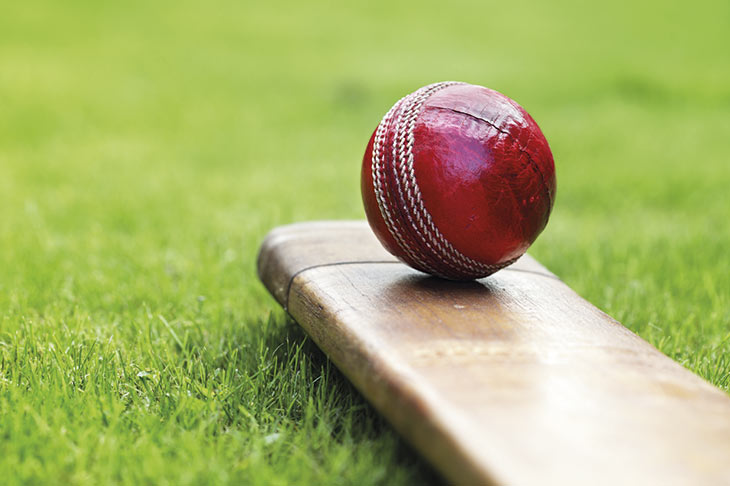


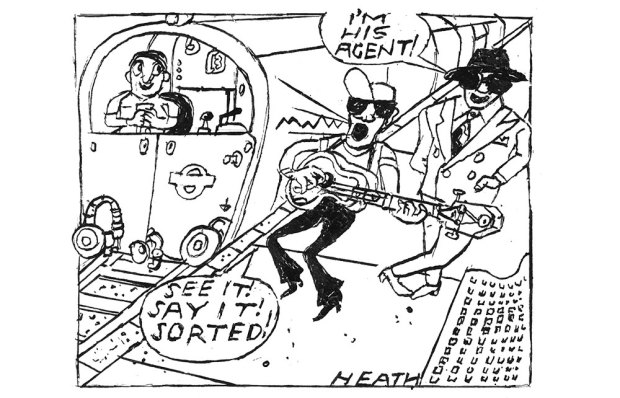
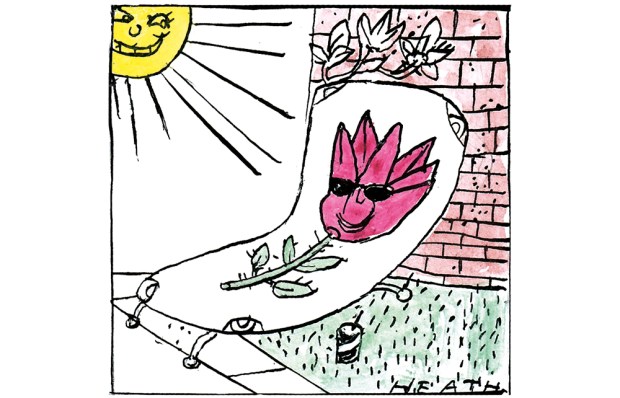
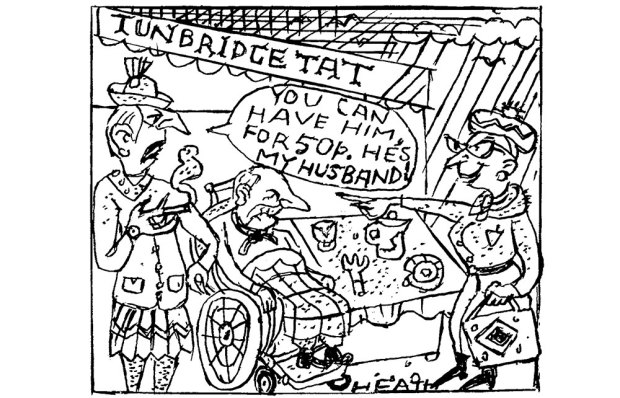
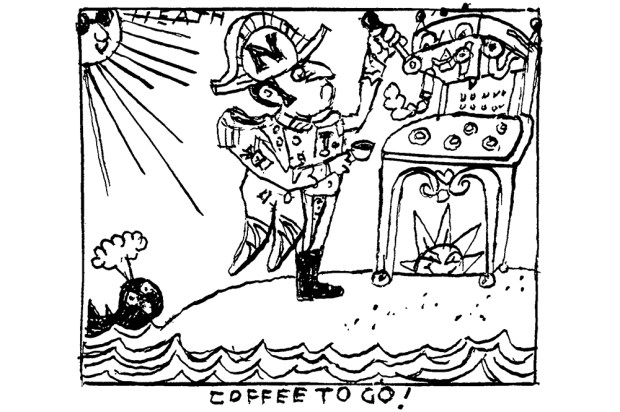






Comments
Don't miss out
Join the conversation with other Spectator Australia readers. Subscribe to leave a comment.
SUBSCRIBEAlready a subscriber? Log in